James Hill: Trailblazer of Electric Jazz
by Susan Frances
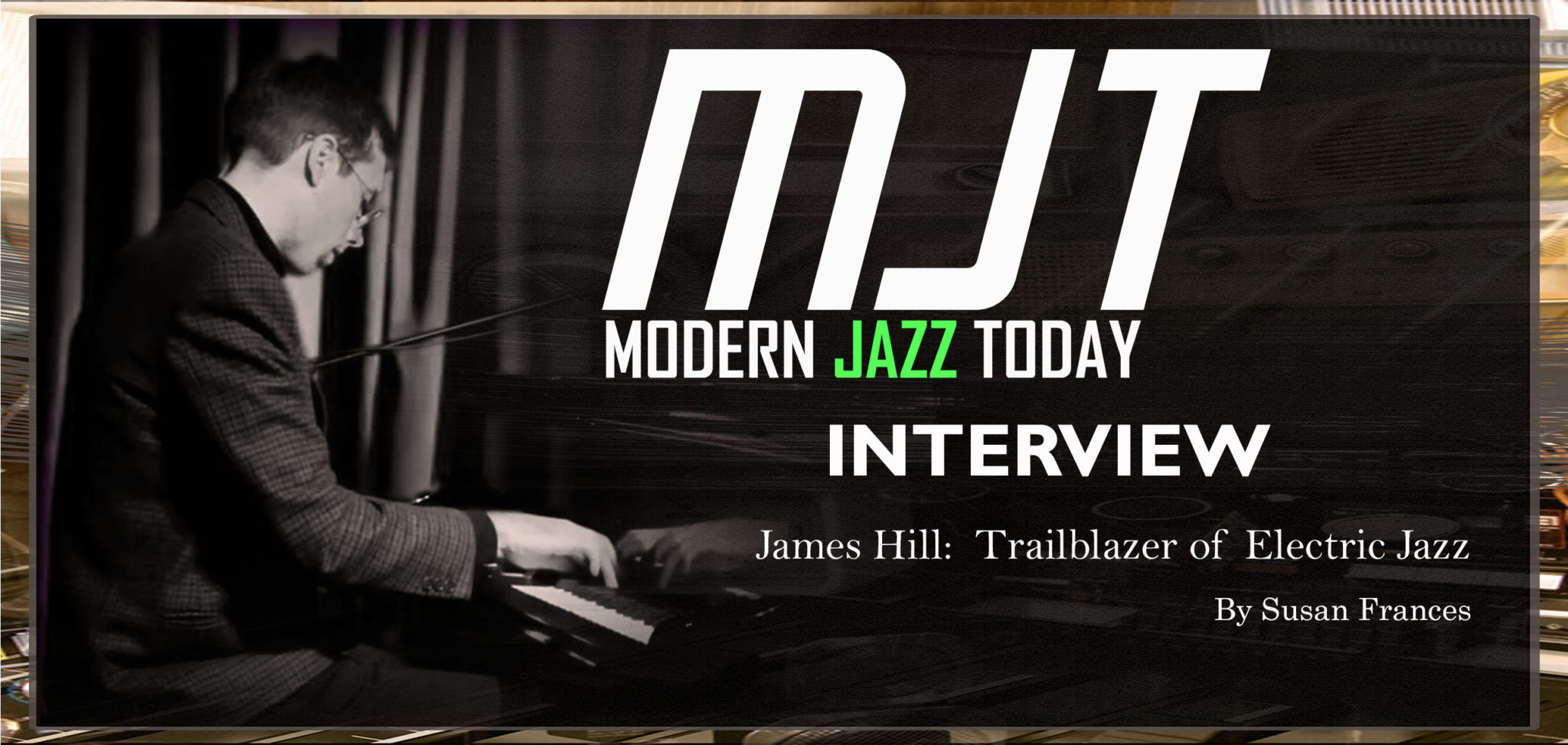
 Electrifying the instruments used in jazz music isn’t a part of the music form’s origins but it is certainly inching its way into the contemporary jazz language. Canadian native James Hill, an eclectic pianist and the founder of Local Talent, has embarked on a mission to create music using the principles of jazz’s freedom of expression and giving it power. Growing up with the cultural influences of power pop and power rock, architects of modern jazz were bound to be influenced by powered instruments. Along with music being composed by powered instruments, Hill takes electric jazz a step further into creating visuals in the listener’s mind through the language of his music.
Electrifying the instruments used in jazz music isn’t a part of the music form’s origins but it is certainly inching its way into the contemporary jazz language. Canadian native James Hill, an eclectic pianist and the founder of Local Talent, has embarked on a mission to create music using the principles of jazz’s freedom of expression and giving it power. Growing up with the cultural influences of power pop and power rock, architects of modern jazz were bound to be influenced by powered instruments. Along with music being composed by powered instruments, Hill takes electric jazz a step further into creating visuals in the listener’s mind through the language of his music.
He explains about his music, “I wouldn’t call myself a visionary. I mean sometimes I do fall into these deep trances where the future of the universe if laid out in front of me, but in terms of music, I think I just have an eclectic mix of influences.”
He describes, “I feel I kind of have a pseudo classical approach to playing the piano, but it sounds like it is very rough around the edges. My style tends to abruptly turn over on its head at any given moment. As in, I can be in the modern or avant-garde classical world, then, all of a sudden, I can be playing like Bud Powell on a bad day or Lennie Tristano on Intuition. For this reason, I think my music is hard to classify into a genre, and I always have trouble describing to people what kind of music it is, so I usually just say jazz or electric jazz.”
“As a composer,” he assesses, “It’s worth mentioning that I’m also very influenced by visuals, and music that accompanies visuals, for instance: Joe Hisaichi’s music accompanying the Hayao Miyazaki movies from Studio Ghibli. When I compose I often visualize some sort of scene in my mind, and often characters interacting with a scene, and then I compose accordingly. For this reason, I’d really like to get more involved with film and television, and especially animations.”
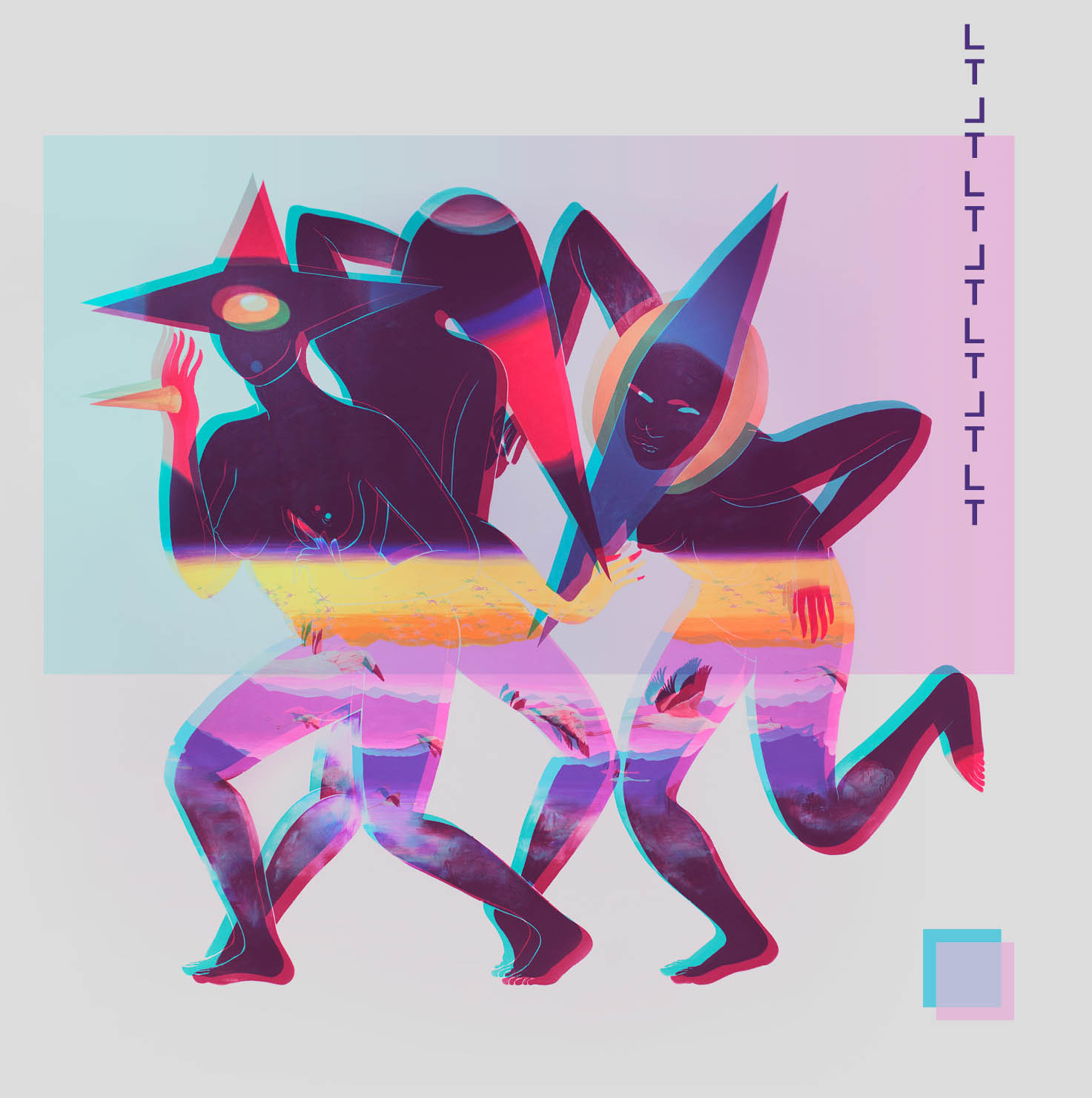 His latest CD with bandmates Rich Brown on electric bass and Ian Wright on drums is entitled Higienópolis. A title that he imparts fits the setting of the recording. “Higienópolis is a district in São Paulo. This district in which my partner’s parents live. I conceived, and composed, much of this album in their apartment in Higienópolis on their piano (both of them being classical pianists). The name Higienópolis really strikes me, and, breaking down the word: Hygiene meaning ‘healthy’ or ‘clean’ and -opolis meaning ‘city.’ I thought it was interesting to interpret it as ‘healthy city,’ which is true of the area in São Paulo where this project was conceived, so I felt it was fitting to label it as such because the music always, for me, manifests the environment in which it was created.”
His latest CD with bandmates Rich Brown on electric bass and Ian Wright on drums is entitled Higienópolis. A title that he imparts fits the setting of the recording. “Higienópolis is a district in São Paulo. This district in which my partner’s parents live. I conceived, and composed, much of this album in their apartment in Higienópolis on their piano (both of them being classical pianists). The name Higienópolis really strikes me, and, breaking down the word: Hygiene meaning ‘healthy’ or ‘clean’ and -opolis meaning ‘city.’ I thought it was interesting to interpret it as ‘healthy city,’ which is true of the area in São Paulo where this project was conceived, so I felt it was fitting to label it as such because the music always, for me, manifests the environment in which it was created.”
He tells how the recording came together. “I really just wanted to make an album for Rich Brown and Ian Wright because they are two of my favourite musicians, and I was sad that they couldn’t be heard together on any recordings. So, in short, this project is a classic case of recognizing what the world was lacking and then working really hard to fill in that void. In 2020, I think the world will be lacking a second album featuring Rich Brown and Ian Wright.”
The background story about how Hill met Ian Wright and Rich Brown and forged a partnership with them begins at college. “Ian and I used to live together in our third year at Humber College Music School, and ever since we’ve been playing music, and he is a really good friend and one of my musical soulmates. I met Rich at Humber. He was a professor there while I was a student. A year or two after I graduated, Rich asked me to play in his live band call Rich Brown & the Abeng, in which Ian also was asked to play, and the three of us struck up a musical connection that way. The positive experiences of playing with Rich and Ian in Rich’s band definitely led me to the creation of my project featuring them.”
Their recording Higienópolis starts off with an electric jazz number “…Intro To,” which Hill examines,”‘…Intro To’ is meant to be the first sort of palette cleanser leading into the bulk of the album. The track is coupled with the track ‘The Silent Cry.’ Together, the two tracks tell a story about how to deal with our emotions. Early in life we deal with our emotions in an organic way, as if we are freely improvising, which is depicted sonically with the track ‘…Intro To.’ Later in life we tend to suffer unnecessarily, and hence the piano beginning to ‘The Silent Cry’ gives a sense of suffering, with little release. You can even look at those synthesizer arpeggios, linking the two tracks together, as serving as the rapid movement of time leading us from infancy and improvisation, to adulthood and structure. The remainder of the track ‘The Silent Cry’ is the unfolding of repressed emotions, however you may interpret that!”
Hill regards these two compositions, “…Intro To” and “The Silent Cry” as sharing elements with composers before him, who have dipped their piano keys into electrified sounds. “I think Philip Glass and Andre Previn are both great in their own ways,” he remarks, “and I can definitely see the connection between Glass and elements of my new record, namely the second and third tracks of the album ‘…Intro To’ and ‘The Silent Cry’.”
The Canada Council for the Arts recognized something special about Hill’s compositions and may have viewed him in the caliber of Glass  and Previn, and supported Hill’s recording Higienópolis. “Canada Council for the Arts magnanimously supported this project through all stages,” he vouches, “from the compositional stages to the manufacturing stage, and I could not have done this project without their support. I applied for aid through the Canada Council for the Arts way back in the spring of 2019, and once I heard that my application for support was accepted, I immediately launched into work mode and made sure everything was in place. The album was born only a few months after I received the news of the council’s support.”
and Previn, and supported Hill’s recording Higienópolis. “Canada Council for the Arts magnanimously supported this project through all stages,” he vouches, “from the compositional stages to the manufacturing stage, and I could not have done this project without their support. I applied for aid through the Canada Council for the Arts way back in the spring of 2019, and once I heard that my application for support was accepted, I immediately launched into work mode and made sure everything was in place. The album was born only a few months after I received the news of the council’s support.”
A portion of the Council’s support enabled Hill to render the services of critically acclaimed artist Rajni Perera to create the cover art for Higienópolis. He characterizes about the CD’s cover art, “The 3 dancing figures represent the three members of Local Talent, moving together, while operating within the same landscape.”
Hill recalls how he encountered Rajni. “I met Rajni at an Autobahn Trio show. My friend Dylan Moore hosts a great concert series out of a woodworking shop he rents in the west end of Toronto. The space brings together artists from all disciplines to listen to music, dance, eat and have fun. I met Rajni at one of these events when Autobahn Trio was playing a concert. I started following her on instagram and fell in love with her work, and felt it aligned with the types of visuals I experience while composing. So, I asked her if she’d paint something for the cover art of my new project, and she agreed.”
The Autobahn Trio is another contemporary jazz combo that Hill co-founded and serves as the pianist. “I’m a co-founder of the band alongside Jeff LaRochelle and Ian Wright,” he furnishes. “I wanted to start the band though because I was very into Vijay Iyer’s bass-less trio called Fieldwork, and I just loved the timber of that configuration, and also the freedom I am granted as a pianist to fill in some of the lower tones of the ensemble.”
He comments, “Some people think I hate bass now but it’s not true. I love bass, especially having played in a bass-less trio for so many years. I crave it even. A really great thing about Autobahn Trio is that we almost always develop the music as an ensemble, and we take a very democratic approach. We teach all the music by ear, and we workshop melodies and rhythms my singing and clapping, which I invite you now to visualize. This approach has been something we’ve stayed true to for over five years and it’s a really important part of being in that ensemble. We are thinking about extended our latest EP release Doppler into a full length album in 2020, so stayed tuned!”
Another contemporary jazz combo that Hill serves as pianist is BADBADNOTGOOD or BBNG for short. He shares, “I’ve been the keyboardist in the band BADBADNOTGOOD for about three years now, and I am currently with them. I was really close with the original keyboardist of the band at the time when I joined. He lived right across the street from me on Ossington Avenue and we used to get together pretty regularly and stay up super late, often all night, and just talk about everything, relationships, music, philosophy and we then ended up moving in together. He asked me to fill in for a few BADBADNOTGOOD shows for him because he wanted to stay home and produce music, and because touring life is very taxing, so I did.”
He recounts about performing in BBNG, “The first show was at the Ace Hotel is Los Angeles, and we shared the stage with amazing acts like Kamasi Washington, Hiatus Kaiyote (actually it was just Nai Palm I believe), Bilal, Miguel Atwood-Ferguson, and several more. I was just trying to keep all the BBNG songs in my head for the first show, but it was hard with all the stuff going on backstage.”
He continues, “Second show I ever played was very last minute in Barcelona opening for the Red Hot Chili Peppers and like 30,000 people! It was a trip. Anyways, Matthew ended up wanting to travel less and less, and me and the other guys were getting on great and playing lots of shows, so I’ve been playing with them ever since. I’ve learned ample from the experience, and continue to learn about the ins and outs of the industry. How to board and disembark a plane like a professional, how to convince check-in counters that it’s OK to use the priority line without airline status, how to pick the right movies for the plane.”
He teases, “Obviously, I’m being facetious but I’ve learned so many useful and important things playing with BBNG that’s it’s hard to even get into it seriously.”
It’s a journey he may have missed had he not back-tracked it along the path. He traces the footsteps that led him to playing the piano, then dropped it, only to return to the twinkling ivories. “It all started with my parents forcing me to take piano lessons at the age of 6,” he cites. “I liked playing piano, but hated being told what to play, so I implored my parents to let me quit, and they said yes. I didn’t really touch the piano much until my senior years of high school when the school jazz band director desperately needed a piano player for the jazz ensemble, and I thought jazz sounded cool so figured I would volunteer even though I had absolutely zero experience playing or listening to jazz. I honestly knew nothing at all.”
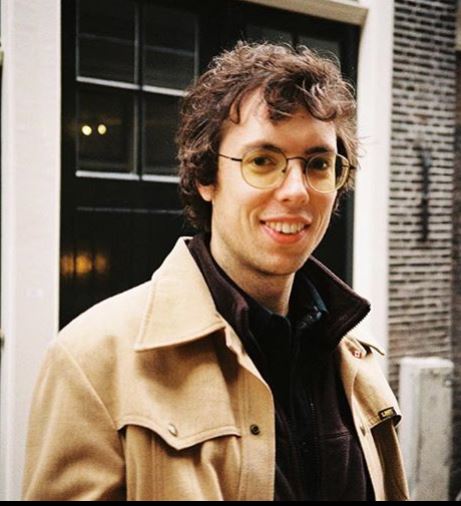 He speculates, “So, basically, I learned everything from scratch in my eleventh year of high school and started jamming with the school’s jazz band, and everyone seemed to be impressed by my natural ability to pick up the instrument. My guess is that my great affinity for the piano stemmed from a combination of all the attention I was getting for my aptitude on the instrument, coupled with the freedom to be able to play whatever I wanted within this cool new jazz idiom that is all about freedom of expression. I’ve been all about the piano ever since, but I am certainly not as married to jazz as I was in high school and post secondary music school.”
He speculates, “So, basically, I learned everything from scratch in my eleventh year of high school and started jamming with the school’s jazz band, and everyone seemed to be impressed by my natural ability to pick up the instrument. My guess is that my great affinity for the piano stemmed from a combination of all the attention I was getting for my aptitude on the instrument, coupled with the freedom to be able to play whatever I wanted within this cool new jazz idiom that is all about freedom of expression. I’ve been all about the piano ever since, but I am certainly not as married to jazz as I was in high school and post secondary music school.”
He reflects about the first compositions that motivated him to practice his art. “Well, my high school music teacher actually gave me a mixed CD if you can believe that, with a bunch of jazz classics on it just for me to wet my whistle in the idiom. The tracks ranged over the last eighty years or so such as: Bud Powell, Chick Corea, Herbie Hancock, Billie Holiday, Nancy Wilson, Cannonball Adderly, John Coltrane, Weather Report, and I’m pretty sure there was a Kurt Elling thing on there too. I think it was ‘Nature Boy’.”
He remembers, “I started learning jazz standards—I’m confident your audience is familiar with jazz standards, but if not then they are just famous jazz songs from the broadway and Tin Pan Alley Eras of popular American music in the late 19th century to the early 20th century. Jazz musicians constantly record and record these songs, even to this day, until they wind up in a fever with these melodies in their heads—but at the same time as I started learning the classic jazz songs I also started writing music for a jazz-fusion band I created that exact same year.”
He provides, “We were called J-birds and the Tutor. We named it this because we all had J names except for one member, who happened to be the tutor of one of my school classes. I’ve always been a creator and, no matter the medium, my tendency is always to create first then study later. Creation and study inform each other in an important way for me, meaning the more I create the more I am curious to study other creators to see how they did it, and it blows my mind the amount ingenuity out there, but then I very quickly get influenced again and go right back to creating. Circle of my creative life.”
Since Hill’s creative life has encompassed several distinct contemporary jazz units, he decided to choose a URL that surmises the entire collective, projectwhatever.com. He corrects, “Well, actually, I called my label Projectwhatever Records after my website hah.”
He details, “I came up with Projectwhatever because besides music, I also have projects in visual art, and because I like to write and someday would love to publish some of my writing. I figured Projectwhatever is a great umbrella name that I can apply to any of my creative projects, be it music, visual art, writing or whatever. Also, I’m toying with the idea of having a spin-off called Projectwhoever for publishing other people’s work as well—maybe I’ll grab that instagram handle now. Just grabbed it. I didn’t want to use my own name because it just sounds too generic to me, and it is unsearchable on the web.”
“Further,” he notes, “There already exists a Canadian ukulele-virtuoso named James Hill and he takes the cake. That being said, I do use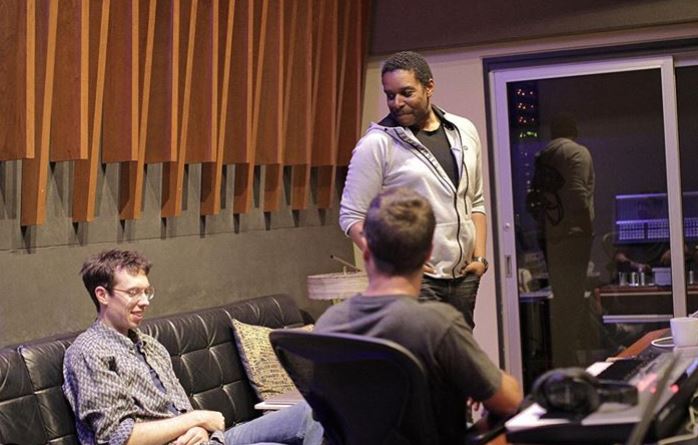 my own name in the credits for this Local Talent album, and in the credits for all the other work I’ve done with other artists. In 2020, I’ll be releasing a solo piano album, and my plan is to release it as Projectwhatever, so maybe that will be the official genesis of that pseudonym, who knows.”
my own name in the credits for this Local Talent album, and in the credits for all the other work I’ve done with other artists. In 2020, I’ll be releasing a solo piano album, and my plan is to release it as Projectwhatever, so maybe that will be the official genesis of that pseudonym, who knows.”
He reflects about his experience in the multiple ensembles that he has performed in and beams, “The project was just so much fun for me from beginning to end, and I have no doubt that I will be composing more music for this project in the New Year. Actually, just today, I was thinking of doing an album that combines Autobahn Trio, Local Talent and BBNG. However, I first plan to play a bunch of shows with Local Talent, to share this very personal music I had so much fun creating. There is certainly still a lot of music I feel the world is lacking, so over the coming years I’m going to be doing my best to bring it all to life.”
Motivated and energized, James Hill has a plan though he may not know where it will lead him. His creative impulses fodder his composing and his partnerships make it all fun. A trailblazer of electric jazz, Hill is part of a contemporary generation taking jazz into the current age, nurturing the music form to move beyond what his predecessors have created, honing the art of free expression further.
About Susan Frances:
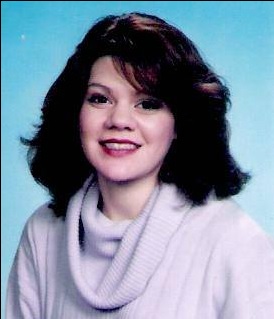 Born in Brooklyn, New York and raised in eastern Long Island, I always enjoyed writing and made several contributions to my high school literary magazine, The Lion’s Pen. Influenced by writers of epic novels including Colleen McCullough and James Clavell, I gravitated to creative writing. After graduating from New York University with a BA in Liberal Arts, I tried my hand at conventional jobs but always returned to creative writing. Since 1998, I have been a freelance writer and have over three thousand articles to various e-zines including: Jazz Times, Blogcritics, Yahoo Voices, Goodreads.com, Authors and Books (books.wiseto.com), TheReadingRoom.com, Amazon.com, Epinions.com, Fictiondb.com, LibraryThing.com, BTS emag, BarnesandNoble.com, RomanticHistoricalReviews.com, AReCafe.com, Hybrid Magazine, and BookDepository.com. In 2013 and 2014, I was a judge in the Orange Rose Writing Competition sponsored by the Orange County chapter of the Romance Writers of America located in Brea, California.
Born in Brooklyn, New York and raised in eastern Long Island, I always enjoyed writing and made several contributions to my high school literary magazine, The Lion’s Pen. Influenced by writers of epic novels including Colleen McCullough and James Clavell, I gravitated to creative writing. After graduating from New York University with a BA in Liberal Arts, I tried my hand at conventional jobs but always returned to creative writing. Since 1998, I have been a freelance writer and have over three thousand articles to various e-zines including: Jazz Times, Blogcritics, Yahoo Voices, Goodreads.com, Authors and Books (books.wiseto.com), TheReadingRoom.com, Amazon.com, Epinions.com, Fictiondb.com, LibraryThing.com, BTS emag, BarnesandNoble.com, RomanticHistoricalReviews.com, AReCafe.com, Hybrid Magazine, and BookDepository.com. In 2013 and 2014, I was a judge in the Orange Rose Writing Competition sponsored by the Orange County chapter of the Romance Writers of America located in Brea, California.




No Comments